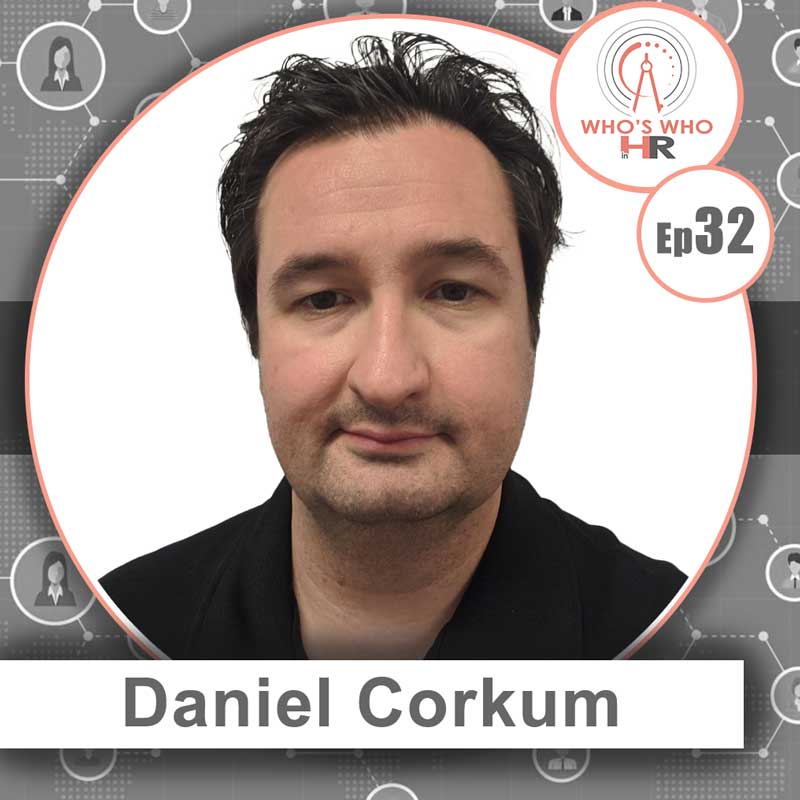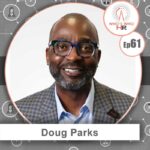Daniel Corkum is a Human Resource and Total Rewards professional with over 16 years of progressive experience and consistent success designing, implementing, managing, and administering HR, Compensation, Payroll, and Benefits systems solutions for leading corporations.
Over the past two decades, Mr. Corkum has held various HR, Compensation, & Total Rewards roles in global companies, such as Bayer and NOVA Chemicals and currently, ARLANXEO.
He has been responsible for managing Compensation, Payroll, and Benefits projects, has served on numerous non-profit committees, and has also held the role of Total Rewards Functional Leader during a short-term assignment in Germany.
Mr. Corkum is a member of World at Work, and the Society for Human Resource Management (SHRM), as well as both local Pittsburgh-Area chapter groups. He is a Professional in Human Resources (PHR) since 2007, a Certified Compensation Professional (CCP) since 2009, a Certified Benefits Professional (CBP) since 2015, and the SHRM Certified Professional (SHRM-CP) since 2015.
Mr. Corkum has a BA degree in Business Administration from Washington and Jefferson College, and resides in Pittsburgh Pennsylvania. Mr. Corkum is currently a Total Rewards Specialist at ARLANXEO.
More from Daniel…
Daniel Corkum has a Masters in Information Systems. So when an organization is looking to solve a problem, he knows exactly the right steps to take before going ahead and implementing a new system or new software.
He tells us:
“When you’re dealing with different programs and situations that are consistent within an organization that have been there for a period of time, and you’re making a bit of an administrative change to it or implementing a new program, I think what’s really important is to be very specific with what it is you’re looking for in terms of your requirements.
You have to really understand the goal that you’re trying to achieve, the objective which you’re seeking to achieve. You really have to understand what it is that you’re trying to solve.
If it’s a problem, if it’s an issue, sometimes you have to understand what you’re trying to solve for. So maybe there’s contingencies involved. Well, if we do this, how’s that going to impact that? How’s that gonna later impact this? You might have one of those types of situations.
But with every time that I’ve been involved in a redesign or an implementation, one of the things that I like to do is a test. If you have a one off project, and you’re working to achieve a certain goal, update a program, achieve better administration, you’re not working in a bubble. It’s not just me and a computer programmer. There’s a team of individuals who are tasked with trying to achieve this. You’re going to seek the opinion of not just the teammates, but also stakeholders who may be close, or stakeholders who may be familiar with the project.
So if I’m working on an implementation we may work with, I may seek the opinion and the guidance of internal business partners, internal HR generalists, I may even go reach out to other individuals who are in the business and seek their thoughts and feedback on something and kind of a test mode, if you would, so that they can kind of experience what it is that we’re trying to do. They can get the feel for it and provide their thoughts, their commentary, their feedback before we get too far down the line. And we get out of a place where we can no longer make updates.
So I think really, the best way to describe it is I like to be iterative in the approach. And we’re working as an HR function, partnering with IT, but really trying to best come up with something better or resolve a problem for the business.”









